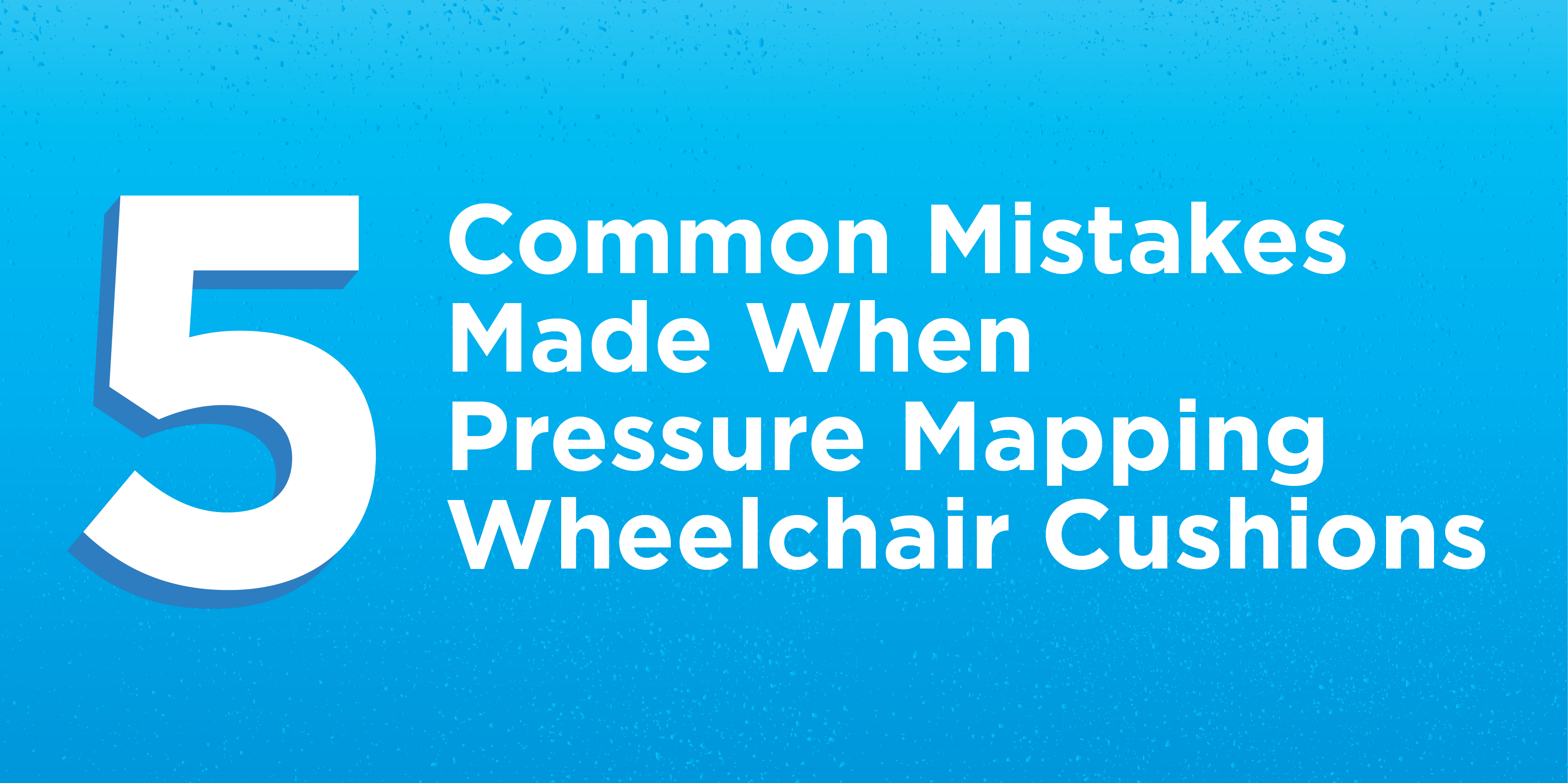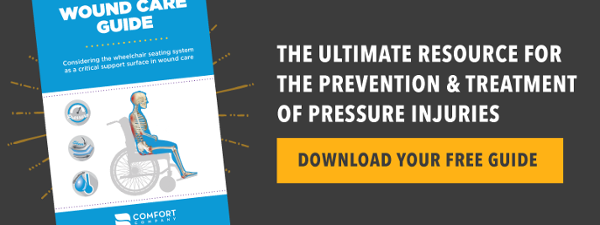A pressure map is a tool often used in seating evaluations and/or fittings to assess the downward pressures of a seated surface. It is simply a pad with sensors that is placed on a wheelchair cushion. The patient transfers on to the pad and cushion and the system will provide either a snapshot or live feed of the pressure under the seated surface. Pretty straightforward right? It can be, but there are times when a map is used incorrectly. Here are five common mistakes that I have seen out in the field. Being aware of these can help you get the best use of your pressure map.
1. Inaccurate posture
Often when we are assessing a patient and getting a pressure map reading, we will perfectly position the person in the chair. In a position that is totally unnatural to them. It is so important to consider a person’s postural tendencies, how they would sit after 2hrs rather than 2minutes. Do they sit at a computer all day? What is their posture when performing this task? How do they sit during and post propulsion? Always try to have them sit on a cushion with the map at least 15minutes or longer, and simulate the positions they will be in most of the day. This will give you the most accurate readings.
2. Is this their most current seating system?
This may seem obvious, but I’ve been asked a number of times to come to a pressure mapping with various cushions only to find out that the patient is getting a completely different chair and back. Back angles/back support and lower extremity positioning are extremely important in the pressure redistribution of a cushion and the way a person will immerse into a cushion. A pressure mapping should always be done with a current seating system to get the most accurate results.
3. Function
“It’s all light blue!!” Light blue is the ideal color for a pressure map, so we must have found the perfect cushion! BUT the patient can’t transfer on and off of it because it is too unstable for a transfer board. OR the patient tires after an hour on the cushion because the instability is forcing the trunk muscles to work too hard. Always be sure to consider the activities associated with the chair and ensure that they can perform them on that seating surface.
4. Shear
Seating is not static. People perform daily tasks from their chairs, reposition throughout the day, or may just frequently slide into a posterior pelvic tilt. All of these actions could be resulting in shear under the bony prominences such as the ischial tuberosities, sacrum, or coccyx. Shear “is the distortion or deformation of a body by two oppositely directed parallel forces”. So pressure and friction are the forces causing or resulting in sheer stresses and strains. A pressure map usually only measures direct pressure downwards into the cushion, not friction and not shear. Some pressure maps do, so familiarize yourself with the features of your pressure map. And always keep in mind that shear could be involved in a persistent pressure ulcer, not just the cushion itself.
5. A Good Reading = The Best Cushion for Everybody
This may seem rudimentary, but I’ve seen it happen again and again. When a cushion gets a good reading on a pressure map with somebody, the assumption is made that it must be good for everybody. This is obviously not the case. Each individual has their own shape, weight, postural tendencies, and many other factors that weigh into how a cushion will function for them.
A pressure map is an invaluable tool to a professional involved in seating evaluations and fittings. Being aware of these common mistakes will ensure you are making the most of your pressure map and getting the best results for your patients.

Stacey Mullis, OTR/ATP
Director of Clinical Marketing
Stacey is Director of Clinical Marketing. She graduated from Western University in London, Ontario, Canada with a BA Linguistics and BSc Occupational Therapy and has practiced as an OTR for over 20 years. With experience in pediatrics, inpatient/outpatient rehabilitation, long term care, and home health, Stacey has faced the challenges first hand of providing appropriate seating in various clinical settings. This led her to pursue an apprenticeship at Care Partners Seating Clinic in Asheville, NC to advance her skills, and she obtained her ATP certification in 2012. Mullis is a member of the NCOTA, CTF, NRRTs, RESNA, and AOTA.

